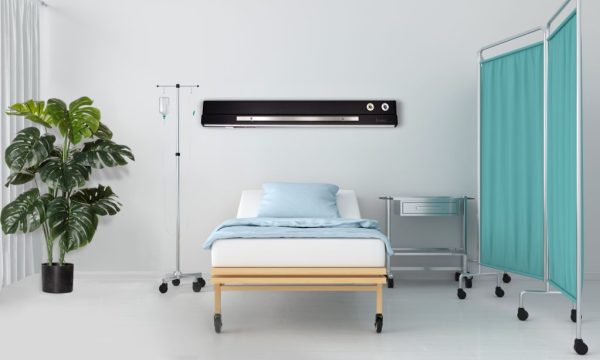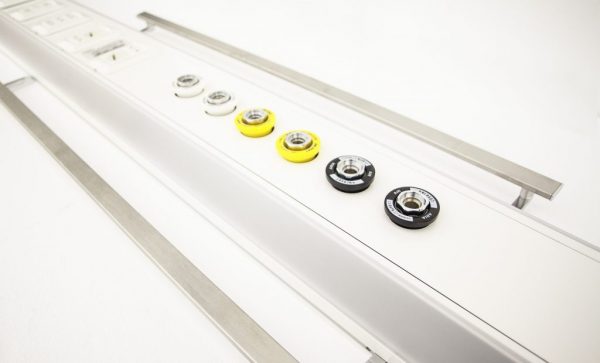Enhancing Patient Care through Innovative Hospital Bed Head Units
Enhancing Patient Care through Innovative Hospital Bed Head Units
Hospital environments are constantly evolving to meet the diverse and complex needs of patient care. Central to this evolution are the headboards of hospital beds, which have become more than mere fixtures; they are now pivotal in enhancing patient care through their design, integrated technology, and specialization. Let’s explore how these elements are shaping patient experiences and clinical outcomes.

Ergonomic Design: A Keystone of Patient and Caregiver Interaction
The design of hospital bed headboards is not just about aesthetics; it’s about ergonomics and functionality. A well-designed headboard allows for effortless interaction between the patient and healthcare providers. It facilitates the ease of access to medical equipment and controls, minimizing strain and enhancing efficiency during patient care. For instance, ergonomic headboards are designed to accommodate the various positions a patient might require, adjusting easily to sitting or lying down with integrated controls within arm’s reach.
But ergonomics also plays a crucial role in caregiver health. Nurses and doctors often work long hours and are engaged in physically demanding tasks. The strategic placement of outlets, ports, and controls on headboards can significantly reduce the need for unnecessary bending or stretching, thereby reducing the risk of work-related injuries.
Integrated Technology: The Lifeline of Modern Medical Care
In the age of digital health, the integration of technology into hospital bed headboards is a game-changer. Modern headboards are equipped with built-in electrical outlets, USB ports, and gas terminals for medical air and vacuum, which are essential for the operation of life-saving devices. They also house the controls for electronic medical records (EMRs) and telemetry, allowing for seamless monitoring and data collection.
This integration is crucial in acute care settings where time and accuracy are of the essence. By having all necessary technological functions centralized, healthcare providers can respond more swiftly and effectively to patient needs, which can significantly improve outcomes.
Moreover, the integration of technology facilitates telemedicine capabilities, allowing for remote consultations, which have become increasingly important in managing patient care during times of high demand or infectious disease outbreaks.
The case
Specialization for Medical Departments: Meeting the Unique Needs of Each Patient
Different medical departments have different needs, and the headboards of hospital beds reflect this diversity. In the intensive care unit (ICU), for example, headboards are often more complex, featuring a multitude of ports and monitoring equipment to cater to critically ill patients. In contrast, in a maternity ward, the headboard might be simplified for ease of use and may include softer lighting and fewer medical gas outlets.
Pediatric headboards may feature a friendly design with cheerful colors to create a calming environment for young patients. Additionally, they may have safety features like tamper-proof outlets and controls to prevent accidental misuse.
Customization for patient needs is crucial. For bariatric patients, headboards must be robust and include extra support features, while for long-term care patients, they might prioritize comfort and accessibility for different therapies and treatments.

Conclusion: The Heart of Hospital Innovation
Hospital bed headboards have transcended their traditional role and have become central to the delivery of personalized, efficient, and technologically integrated patient care. With thoughtful ergonomic design, state-of-the-art technology integration, and specialized customization for various medical fields, they are at the heart of hospital innovation — transforming how caregivers interact with patients and enhancing the healing environment.
As healthcare continues to advance, the evolution of hospital bed headboards will undoubtedly play a key role in shaping the future of patient care, making it safer, more efficient, and more responsive to the unique needs of each patient.


